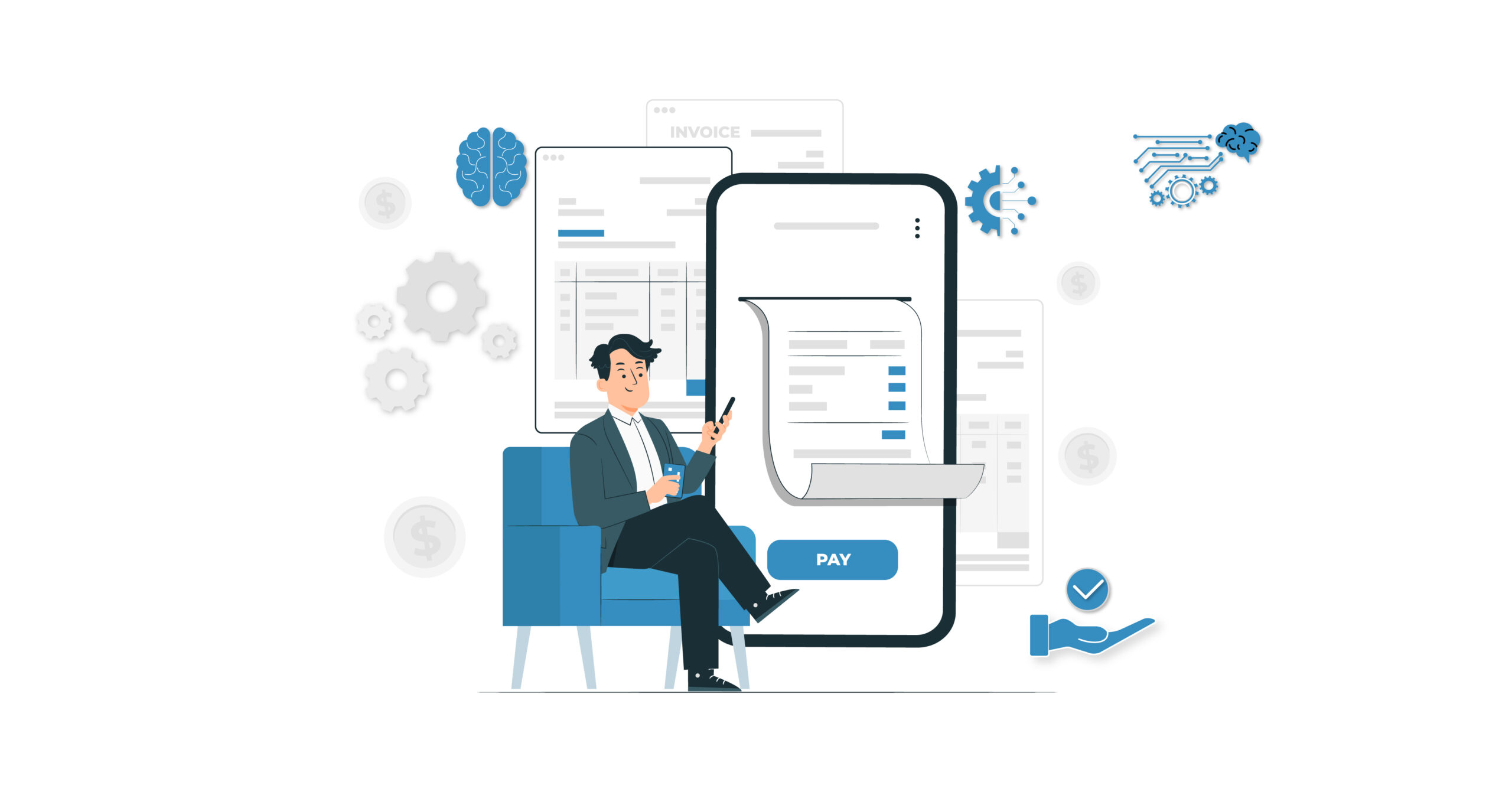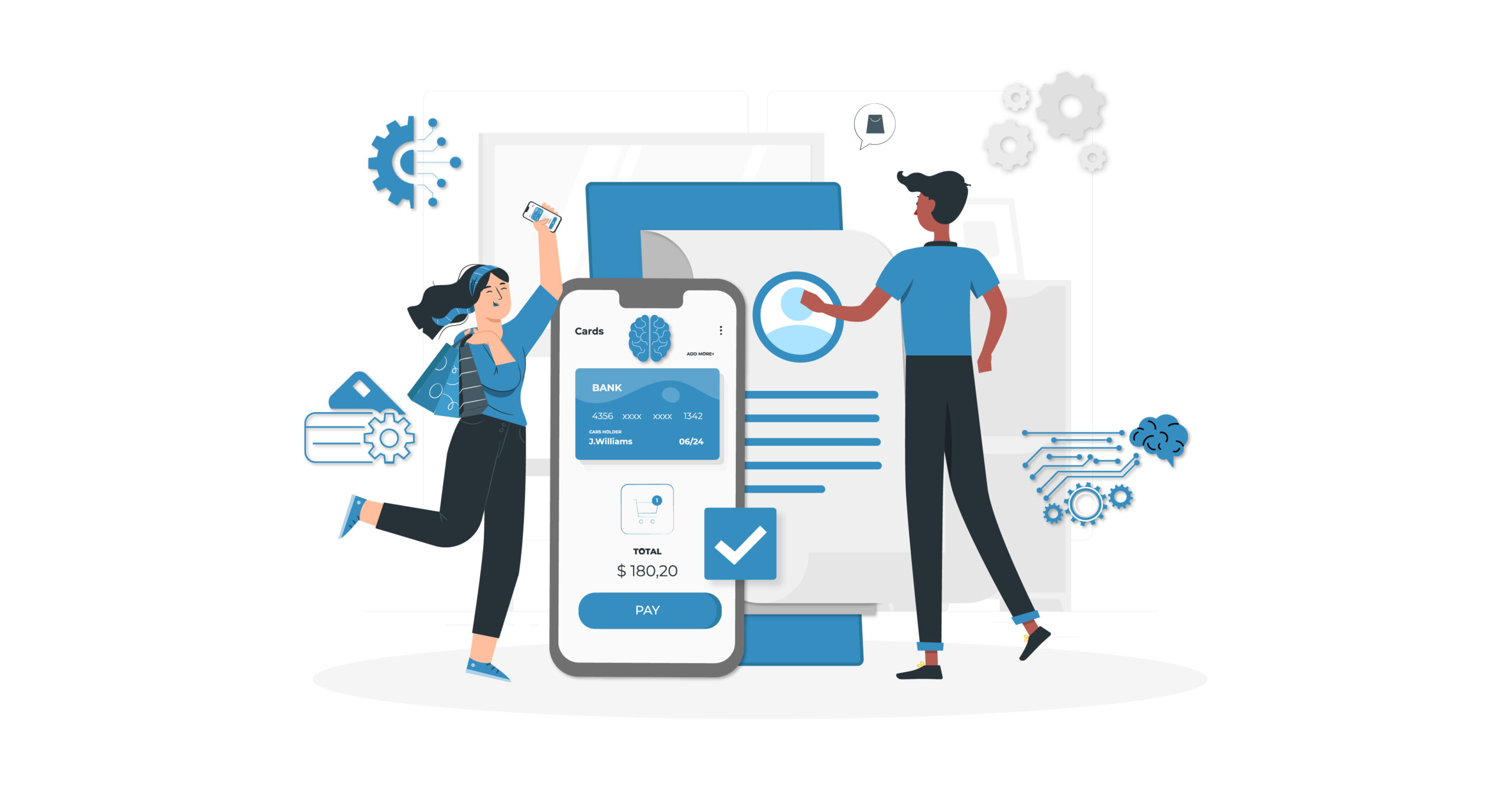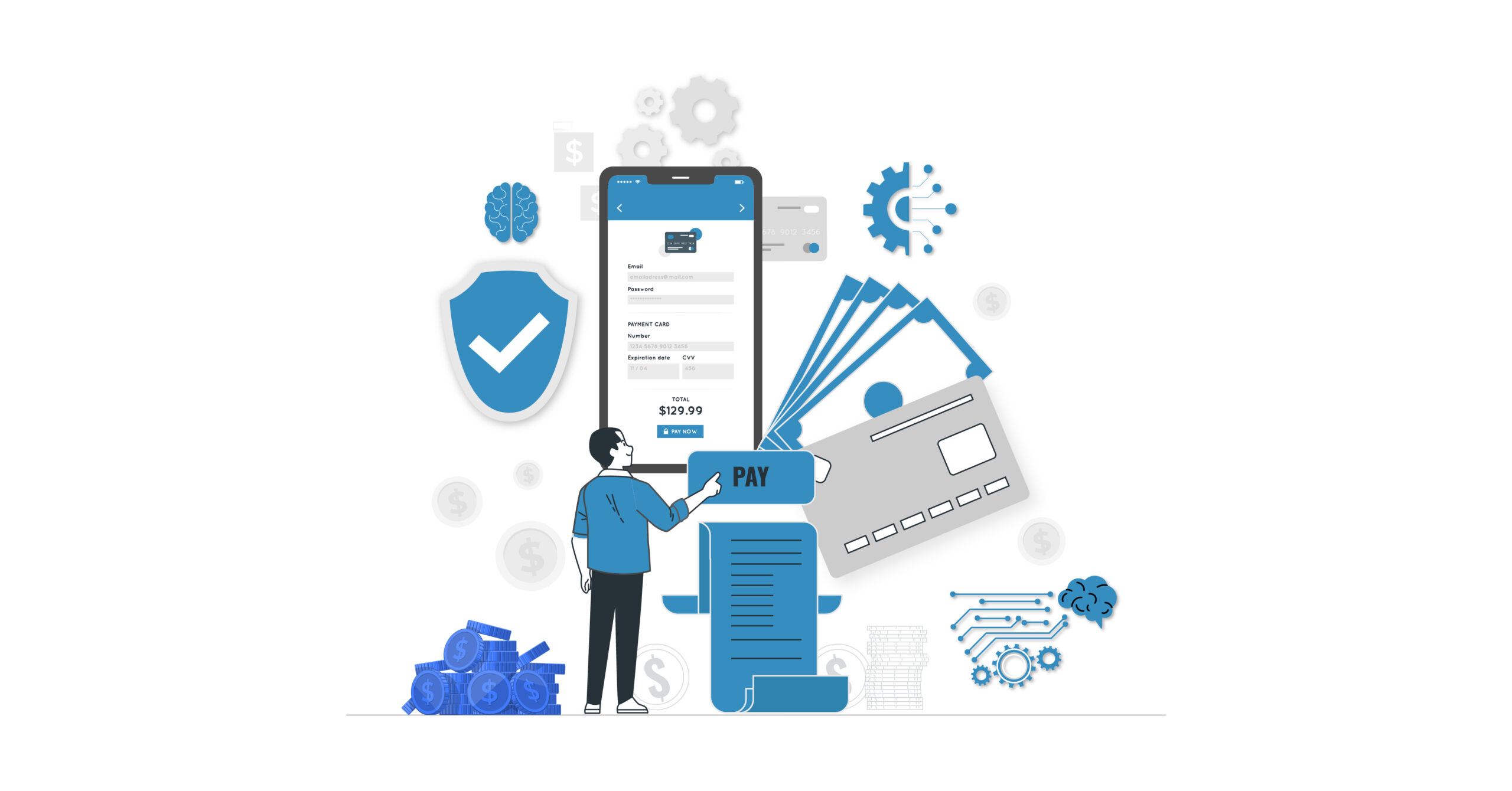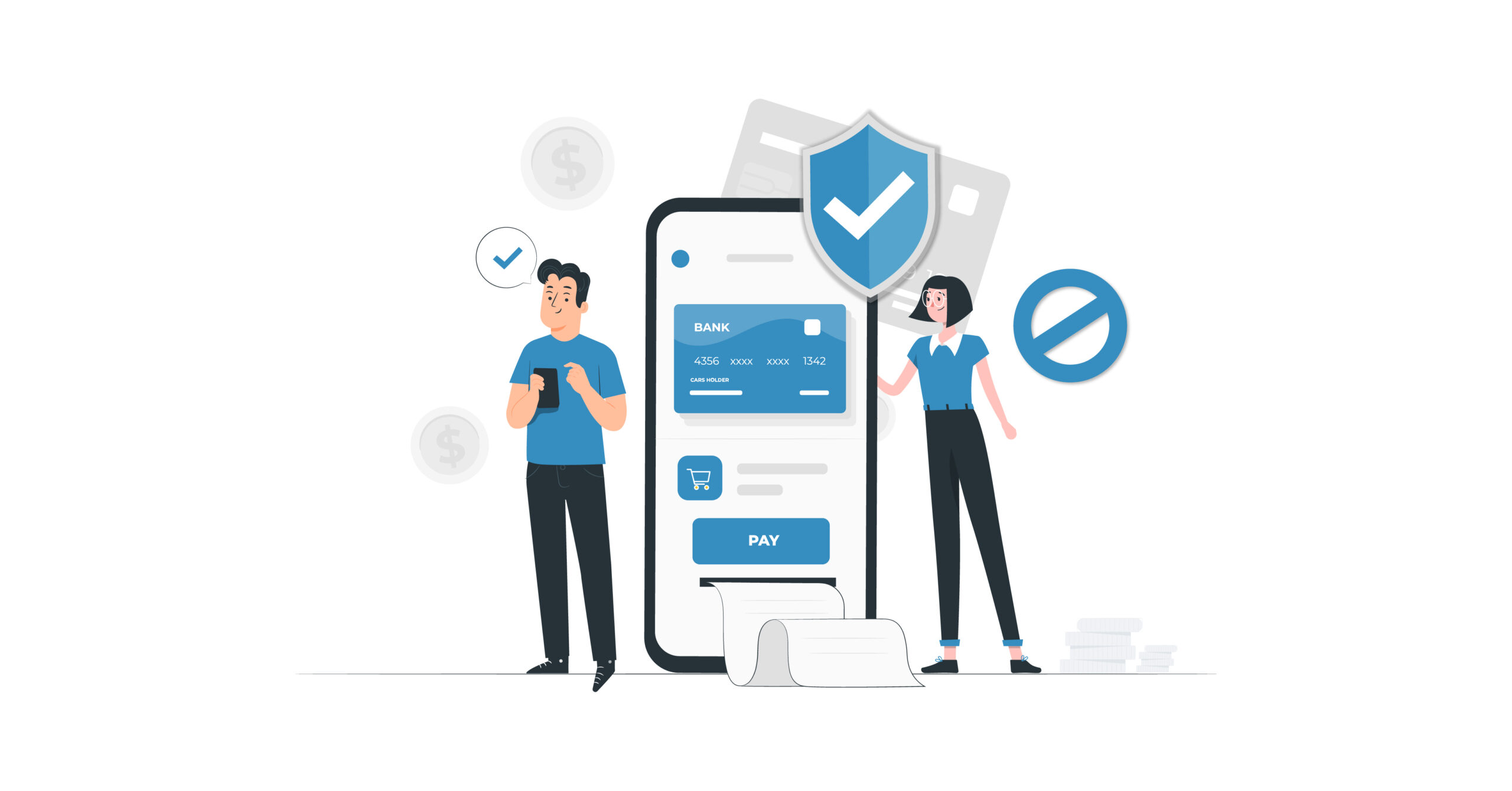Utility departments are facing increased pressure to improve efficiency and reduce costs, and one area that can significantly benefit from automation is the accounts payable process.
Accounts Payable Automation can bring relief to utility departments by reducing workload, improving accuracy of financial data, and speeding up the invoice processing time.
6 Challenges plaguing utility departments
Utility departments face a number of challenges when it comes to payments and bill collection. Let’s explore some of the key challenges plaguing the departments as well as discuss some potential solutions for addressing them.
- Late payments: One of the biggest challenges that utility departments face is collecting payments on time. Late payments can put a strain on the department’s finances, as well as on their ability to provide services to the community. To address this issue, utility departments can consider implementing automatic payment options, such as automatic withdrawal from customers’ bank accounts, or offer online or phone payments.
- Difficulty in tracking payments: Another challenge that utility departments face is keeping track of payments. In a manual process, it can be difficult to maintain accurate records, especially when payments are made in cash or by check. An automation solution could assist with this by allowing customers to make payments online or through an automated phone system, which will automatically update the billing system, it also makes it easier to track the payments.
- Fraud: Fraud is a common problem that utility departments face, particularly when payments are made in cash. To address this issue, utility departments can implement stricter verification procedures, such as requiring customers to provide identification when making a payment. Additionally, an automation solution can include security measures such as encryption and multi-factor authentication, making it harder for fraudsters to access sensitive data or commit fraudulent activities.
- Limited payment options: Utility departments often offer limited payment options, such as cash or check, which can be an inconvenience for customers. To make it more convenient for customers to make payments, utility departments can offer a variety of payment options, such as online payments, credit card payments, or automatic payments.
- Lack of visibility into payment history: Utility departments often struggle with a lack of visibility into customers’ payment history, which can make it difficult to identify delinquent customers or understand spending patterns. Automation solutions can provide detailed reports on customers’ payment history and help identify potential issues.
- High administrative costs: Utility departments often have high administrative costs associated with collecting and processing payments. Automation solutions can help lower these costs by streamlining the payment process, reducing the need for manual labor, and minimizing errors.
15 Advantages of automating utility bill payments
- Increased efficiency and cost savings: One of the most significant benefits of automating the process of paying bills is the increased efficiency and cost savings that it provides. By automating the process, organizations can streamline their bill payments, reduce the need for manual labor, and lower their overall costs.
- Improved accuracy and reduced errors: Another benefit of automation is the improved accuracy that it provides. By automating data entry and calculations, organizations can significantly reduce the number of errors that occur, which can save them time and money in the long run.
- Increased security and compliance: Utility bill payment automation also provides increased security and compliance. With automation, organizations can store and manage all of their bill payments digitally, which can help them meet regulatory requirements and ensure that their sensitive data is protected.
- Better tracking and management of utility expenses: With automation, organizations can gain better visibility into their utility expenses, which can help them make more informed decisions about how to manage their expenses.
- Reduction of paper usage: Automation can also help organizations reduce their use of paper. By moving away from paper-based billing and payments, organizations can save on printing and mailing costs, as well as help the environment.
- Improved ability to allocate funds: Automating bill payments can also help organizations better allocate and allocate funds. With automation, organizations can set up automatic payments and reminders, which can help them ensure that bills are paid on time and avoid late fees.
- Access to reporting and analytics: Another benefit of automation is the ability to access reporting and analytics tools. These tools can help organizations better understand and manage their utility expenses by providing insights into their spending patterns and trends.
- Increased scalability: As organizations grow, so too does the volume of bills that they need to pay. Automation can help organizations scale their bill payment processes to handle a larger volume of bills, making it easier for them to manage their expenses as they grow.
- Better integration with existing financial systems: Automating bill payments can also help organizations better integrate their bill payments with their existing financial systems. This can streamline the overall process and make it easier for organizations to manage their expenses.
- Improved supplier management: Automating bill payments can also help organizations improve their supplier management. By providing accurate and timely payments, organizations can foster better relationships with their suppliers, which can benefit them in the long run.
- Better cash flow management and predictability: Automating bill payments can also help organizations better manage their cash flow. With automation, organizations can set up automatic payments and reminders, which can help them ensure that bills are paid on time and avoid late fees, making their cash flow more predictable.
- A more streamlined accounting process: Automation can also help organizations streamline their accounting processes. By automating the process of paying bills, organizations can reduce the need for manual labor and lower their overall costs, which can save them time and money in the long run.
- Improved communication and collaboration: Automation can also help improve communication and collaboration between different departments within an organization. By streamlining the process of paying bills, automation can help organizations more easily share information and collaborate on decisions related to expenses.
- Reduce human error: Automation can help reduce human error in the billing process. Manual billing process can be prone to mistakes such as incorrect data entry, forgotten payments, and miscalculations. Automating the process can reduce the chances of these errors and ensures the accuracy of the billing.
- Better Data Management: Automation allows organizations to collect, store and manage their utility bill data in one place. This can help organizations make sense of their data, identify trends and opportunities, forecast future expenses and make better financial decisions. Automation also makes it easier to access and share data across different departments and teams. This can lead to better data-driven decision making and improved performance of the company as a whole.
Utility bill payment automation can bring a wide range of benefits to organizations in 2023, from increased efficiency and cost savings to better data management. Organizations should consider their specific needs and weigh the costs and benefits before deciding to implement an automation solution for the best possible outcome.





